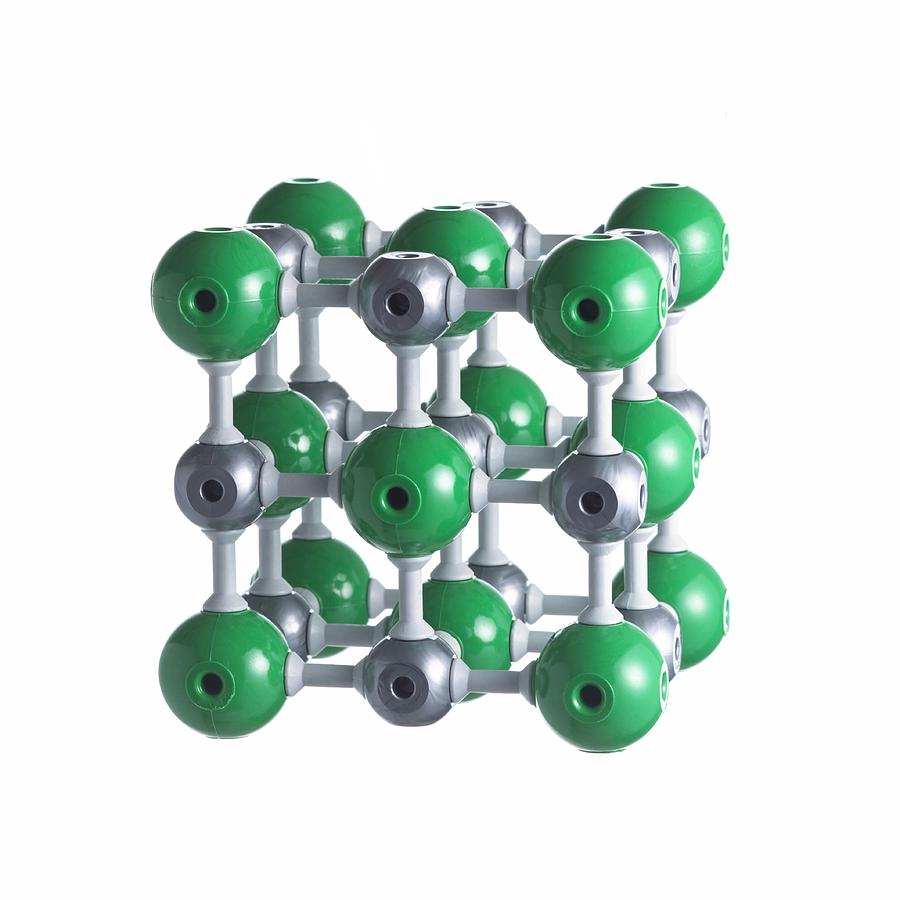

as the charges on the ions increase, the lattice energy increases (becomes more negative),.The Born–Landé equation above shows that the lattice energy of a compound depends principally on two factors:
#NACL LATTICE FREE#
N A is the Avogadro constant M is the Madelung constant, relating to the geometry of the crystal z + is the charge number of the cation z − is the charge number of the anion e is the elementary charge, equal to 1.6022 ×10 −19 C ε 0 is the permittivity of free space, equal to 8.854 ×10 −12 C 2 J −1 m −1 r 0 is the nearest-neighbor distance between ions and n is the Born exponent (a number between 5 and 12, determined experimentally by measuring the compressibility of the solid, or derived theoretically). The relationship between the lattice energy and the lattice enthalpy at pressure P Following this convention, the lattice energy of NaCl would be +786 kJ/mol. as the energy required to convert the crystal into infinitely separated gaseous ions in vacuum, an endothermic process. Some chemistry textbooks as well as the widely used CRC Handbook of Chemistry and Physics define lattice energy with the opposite sign, i.e. In the case of NaCl, lattice energy is the energy change of the reaction The concept of lattice energy was originally applied to the formation of compounds with structures like rocksalt ( NaCl) and sphalerite ( ZnS) where the ions occupy high-symmetry crystal lattice sites.


 0 kommentar(er)
0 kommentar(er)
